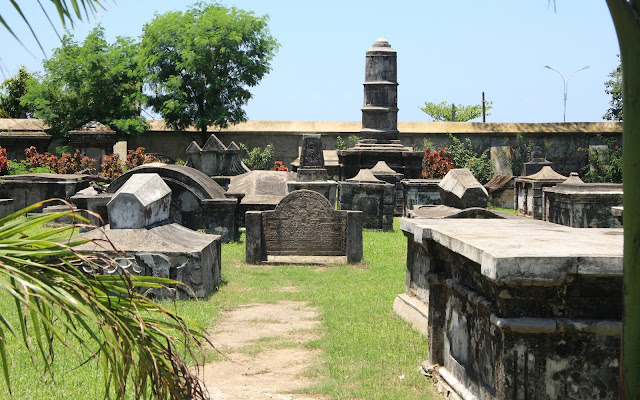Dutch Cemetery Historic Place visit in Kochi:2024
Located in the center of Fort Kochi, Dutch Cemetery is an open-air museum where the history is engraved on every stone. This cemetery became functional in 1724, and it is the earliest European burial ground in India and an eye-opener to the presence of the Dutch in this seaside town.
KOCHI: DUTCH CEMETERY
A Glimpse into the Past
Kochi’s Dutch Cemetery dates back to the early 1660s when the Dutch East India Company – VOC – first stepped on the shores of Kochi. It was conquered by the Dutch colonists from the Portuguese in 1663 thus starting the colonial period. The cemetery was used as the burial ground for the Dutch communities apart from the already existing Portuguese Catholic cemetery.
People often say that history has a way of repeating itself, and while wandering through a cemetery, it is hard not to feel as if the voices of the dead are clanging in everyone’s ears. The tombstones are written in Dutch in a script from a very early era and narrate the experiences of governors, commanders, and other middle-class individuals of Kochi during some period of time. The graves include that of Captain Joseph Ethelbert Winckler, the last person to be buried in the cemetery in 1913.
The Stories Behind the Stones
Every tomb in the Dutch Cemetery has some tale to tell. Although the graves’ stones are covered with lichen, the inscriptions on it give brief information about the buried. Some of the notable personalities include:From the foregoing, the following personalities can be deduced:
- Hendrik Adriaan van Rheede tot Drakenstein: He was a director of the Dutch East India Company and the author of six volumed works Hortus Malabaricus, dealing with the medicinal plants of the Malabar region.
- Jan van Spall: Another influential personality, van Spall having the commanding post in Dutch East India company was an influential personality who was instrumental in the governing of Kochi.
Such individuals with other people enriched the history of Kochi and people still remember them as responsible for the developments that took place.
Connecting the Past with the Present
When you are through with the historical sites and buildings in Fort Kochi, you should consider a dwelling in Alleppey’s backwater. Here you can taste the lease of luxury houseboat services provided by BookMyBoat. Think about sailing in a vast sea, with lots of vegetation all over and beautiful melodic sounds throughout the area. The company known as Book My Boat gives a promise of an experience like no other, modern comfort within an elegant twist of the serene booming of Kerala.
For people who want to stay in but in a homely environment, then the Nimmadi Homestay in Alleppey is ideal. Being situated in a beautiful countryside, visitors of Nimmadi can be assured that they will be offered a warm and friendly atmosphere as well as a true taste of the life of the region.

Comments
Post a Comment